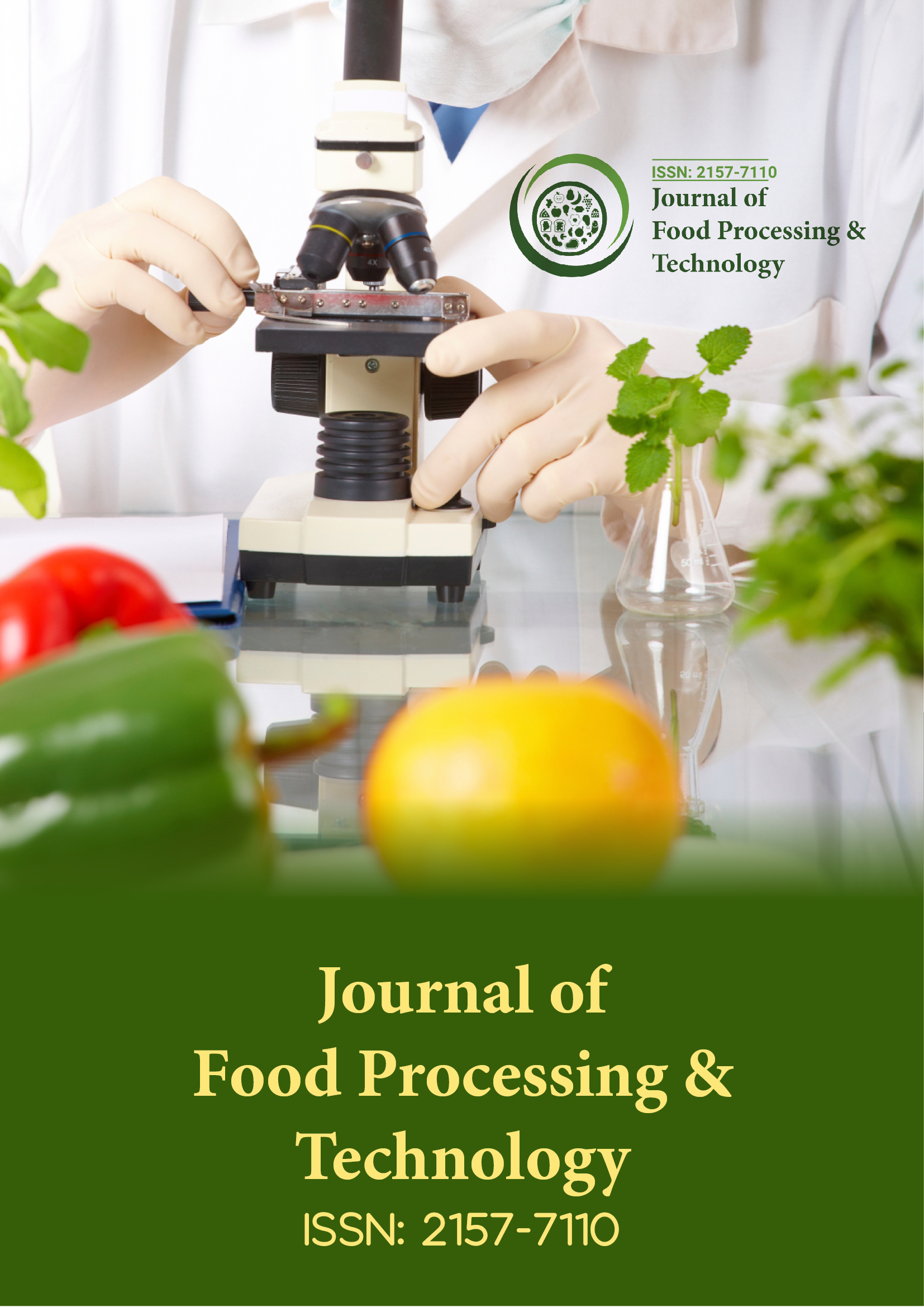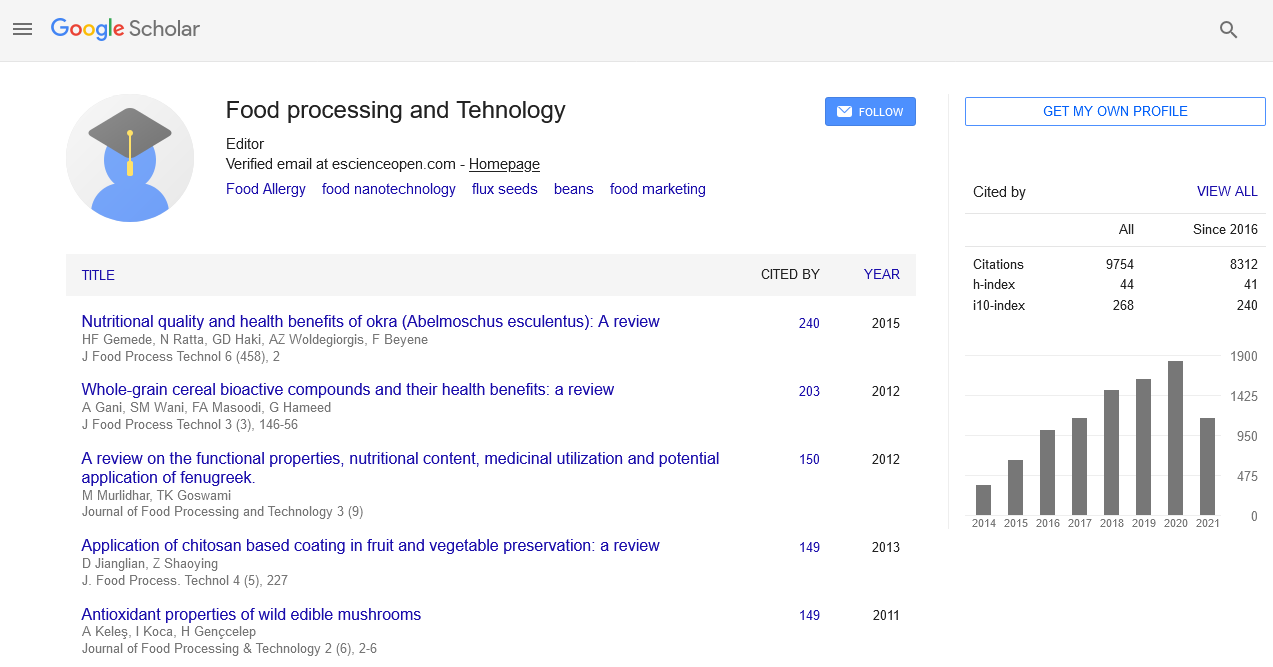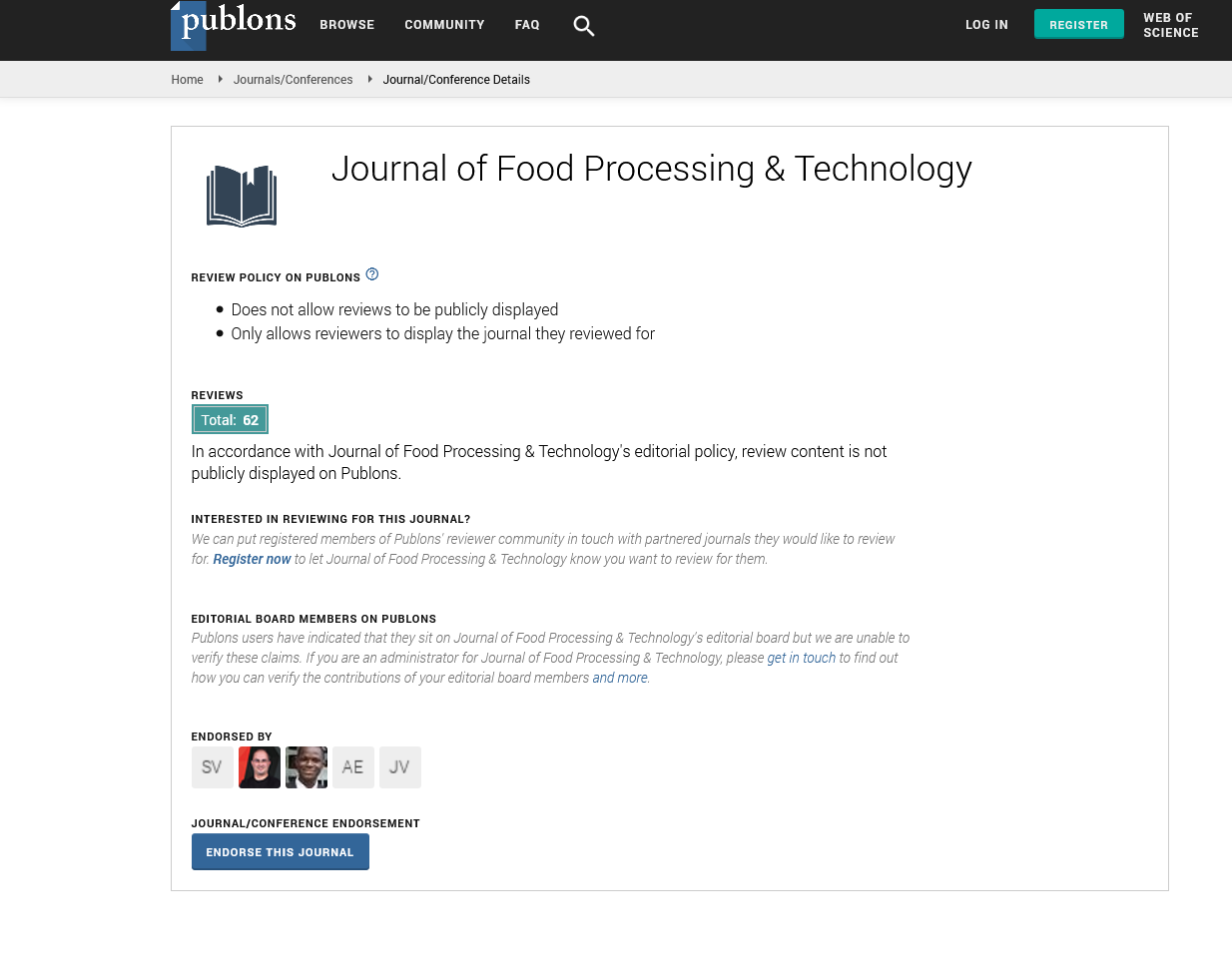Indexed In
- Genamics JournalSeek
- Academic Keys
- JournalTOCs
- China National Knowledge Infrastructure (CNKI)
- Access to Global Online Research in Agriculture (AGORA)
- Centre for Agriculture and Biosciences International (CABI)
- RefSeek
- Directory of Research Journal Indexing (DRJI)
- Hamdard University
- EBSCO A-Z
- OCLC- WorldCat
- Scholarsteer
- SWB online catalog
- Publons
- Euro Pub
- Google Scholar
Useful Links
Share This Page
Journal Flyer

Open Access Journals
- Agri and Aquaculture
- Biochemistry
- Bioinformatics & Systems Biology
- Business & Management
- Chemistry
- Clinical Sciences
- Engineering
- Food & Nutrition
- General Science
- Genetics & Molecular Biology
- Immunology & Microbiology
- Medical Sciences
- Neuroscience & Psychology
- Nursing & Health Care
- Pharmaceutical Sciences
Abstract
Factors Affecting Technology Transfer in the Philippines Food Processing Industry
Sami M Khayat
Purpose: This paper explores the factors affecting technology transfer in the food processing industry in the Republic of the Philippines.
Design/methodology/approach: In achieving the above-mentioned purpose, survey questionnaires distributed randomly in different regions in the Philippines. Overall, 300 survey questionnaires were distributed but only 157 of these were answered. Statistical analysis techniques, including, exploratory factor analysis, were used to analyse the collected data in order to address the research objective.
Data analysis: Findings from the questionnaires were tabulated and subjected to quantitative analysis. The average and the standard deviation for each item were calculated. Factor analysis was applied. Principal axis factor analysis with VARIMAX rotation was conducted to assess the underlying structure for twenty nine (29) items of the survey instrument used.
Research limitations: The scope of the study was limited only to target the respondents from the Philippine food processing industry.
Findings: Analysis resulted in technology transfer constructed factors consisting of one outcome factor namely, Technology Transfer Value Added (AV), and four technology transfer enabling factors namely, Relation Building (RB), Transferee Characteristics (TE), Government Influence (GI), and Technology Characteristics (TC).
Originality/value: The paper provides an outlook about the main factors that affect the food processing industry in the Republic of the Philippines and can help in guiding and directing national policy and strategy for innovation and technology transfer.


